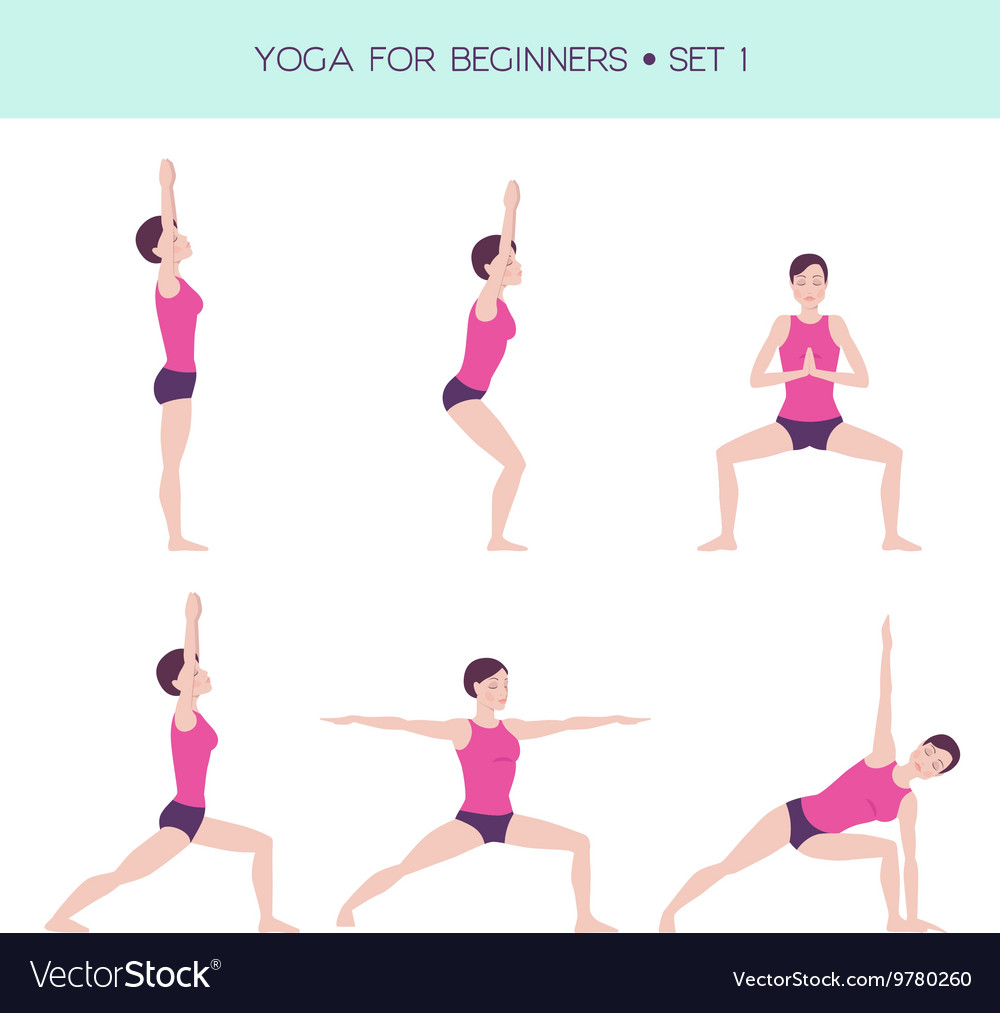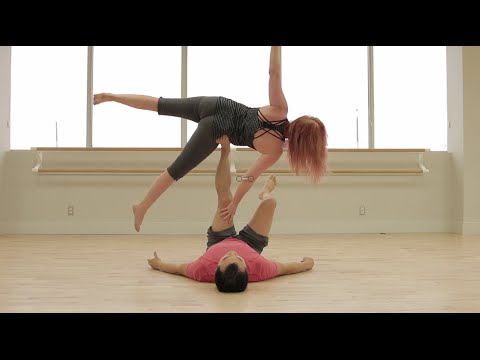
In a beginner's class, you'll be introduced to the basic poses like Tadasana, Forward Fold, Side Angle, and Warrior 2. After you have practiced these poses for a while, you will feel comfortable enough to move on to more advanced versions. For some beginners, the balancing exercises can be intimidating, so this article will walk you through a few of the most important poses. Find out how to balance in beginner yoga classes.
Tadasana
Tadasana is a key yoga pose for beginners. This is a great place to practice mindfulness throughout the class. To get the best from this pose, keep your feet apart at hip width and bring your hips towards the waist. You will also need to keep your fingertips parallel to the bones of your pelvis and in line to your second toe. You should keep the pose in place for at least a few seconds before you move on to other poses. Eventually, you can move on to other poses, but keep your feet separate and move from one to another.
Tadasana is a great starting pose. It is a good starting position because it demonstrates how you can correct your body alignment and use props for correcting posture problems. After you get your students to remain in Tadasana at least for one minute, it's time to move on to other poses. You'll soon be able plan a complete yoga sequence around Tadasana.
Forward fold
Your spine will curve and your knees will bend during your first Forward Fold for Beginners class yoga lesson. Your thoracic vertebrae are already in a kyphotic bend, so forward flexion will not change it. Yoga instructors will often tell you to lower your spine as far as possible. However, it is important to extend your spine as much as possible as you go down.

A wall can be used to assist you in your forward fold, especially for beginners. To maintain your spine straight and keep the distance between your feet and the wall at the same time, you can put your hands on it. A wall support is also helpful for tight hamstrings. Also, keep your knees relaxed. After some practice, the wall support can be removed and you can practice the Forward Fold by yourself.
Side Angle
Side Angle yoga can be difficult for beginners. You should learn how to hold the pose correctly. For beginners, this pose can be difficult because their torso is tight. This can be overcome by placing your elbow on the front knee. This will reduce tension in your torso and strengthen your knees. This guide will show you how to do Side Angle yoga. Here are some tips to make side angle poses safer and more comfortable.
Extended Side Angle Pose (also known as the "Extended Side Angle Pose"): This pose opens your side and energizes you spine. This pose will strengthen your hips. If you are unsure whether or not to begin with this pose, start with Warrior II. Next is Reverse Warrior II. Finally, do a Prayer Twist. Your flexibility will amaze you! Side Angle yoga is a great choice for beginners.
Warrior 2
Warrior 2 is an easy yoga pose. However, many beginners make incorrect alignments in this pose. Engage your core, draw your tailbone towards the ground and extend your spine to get the best out of this pose. Remember to keep your front foot straight. To master the warrior pose correctly, you can follow these instructions. You can then move on to more challenging variations.
Warrior 2 is an excellent pose for increasing balance and stamina. Your core muscles will be engaged and your thighs toned by holding your body straight up in the lunge position. The pose also works your arms and your lower back. You can strengthen your ankles as well as your arches and feet by doing this pose. Before attempting this pose, beginners should practice on a yoga pad. Here are some tips to help improve your alignment.
Relaxation pose

Students should do the final relaxation pose towards the end. They should place their hands on the floor and let their toes hang down. This position promotes surrender and allows the body and mind to settle into the earth. It should feel as heavy as the earth. Students will find this pose helps to calm their bodies and minds.
The triangle pose is a classic beginners' yoga pose, and can be very challenging depending on the level of the student. When in this position, the knees should remain hip-width apart. You should stretch your upper body out with your shoulders relaxed, and your spine lengthened. It is also important that students take deep and slow breaths. Once students have mastered this pose, they can try it on their own or practice it at home.
FAQ
Why is it so important to improve our emotional health?
For happiness and well-being, emotional health is crucial. You won't be able perform at your best if you aren't emotionally healthy. People suffering from depression often feel unable or unwilling to work. People with depression may also have anxiety, panic attacks and insomnia. These conditions can be successfully managed with medication and therapy.
Why is mental health important for students?
Mental health is essential for students as they must be able to concentrate on school while also being able to learn well academically. If you don’t feel happy, you won’t do well in school. Depression can lead to students missing class and poor grades. This could lead to students dropping out of high schools and eventually going to college.
Talk to your teachers or parents if you are struggling with depression. They can help get you the care you deserve.
It is important to remember that not all people with depression need medication. Talk therapy is effective for many people. A counselor is a great option for anyone who wants to seek help.
How does mental health affect our daily lives?
Mental illness affects everyone at some point in his life. There is one major difference between people with mental illness and those without it: they don't seek out help. Talk to someone when you feel that something isn't right. There are many methods to manage anxiety, depression, and stress. These include medication, therapy or exercise.
Statistics
- More than 40 million adults in the United States have an anxiety disorder, but less than 37% of people seek mental health treatment for their symptoms. (talkspace.com)
- It does have some influence, but not nearly as much as we might think, so focusing less on attaining wealth will likely make you happier (Aknin, Norton, & Dunn, 2009); (positivepsychology.com)
- More than 50% will be diagnosed with a mental illness or disorder at some point in their lifetime.3 (cdc.gov)
- According to the National Alliance of Mental Illness (NAMI), one in five Americans experiences mental health issues which translates to more than 40 million adults a year. (doctorondemand.com)
- Neuropsychiatric diseases are the leading cause of death and disability in the U.S., accounting for 18.7 percent of all years of potential lifespan loss and premature mortality.
External Links
How To
How To Determine If One Needs To Ask For Help From A Mental Health Expert
To help you decide if professional help is necessary, here are some warning signs. You should consult a doctor immediately if you see any of these warning signs.
-
It feels like you are losing control of your life.
-
You have been experiencing trouble sleeping.
-
Your thoughts seem to race when you try to concentrate.
-
You think about suicide.
-
You feel helpless.
-
You feel like you don't have enough.
-
You are not interested in the same things that you used to love.
-
You've stopped eating.
-
You have been removed.
-
To cope with stress, you may have tried to use drugs or alcohol.
-
You're starting to lose close friends and family members.
-
Other physical symptoms include headaches, stomachaches and backaches, as well as chest pains.
If you have any of these symptoms, it is important to immediately see a doctor.